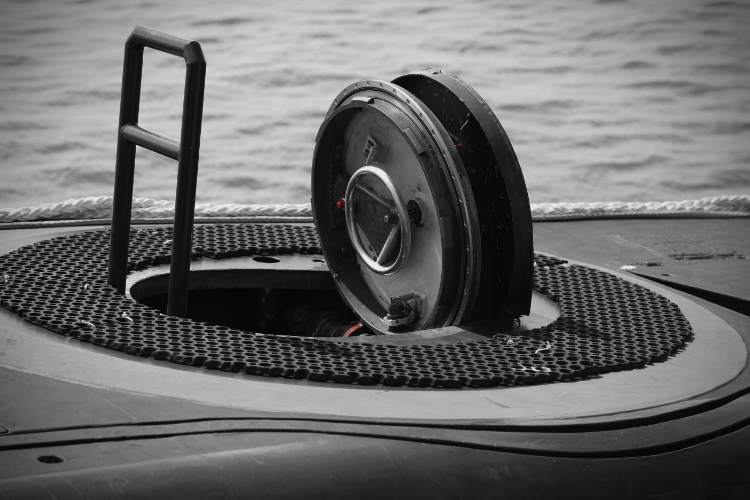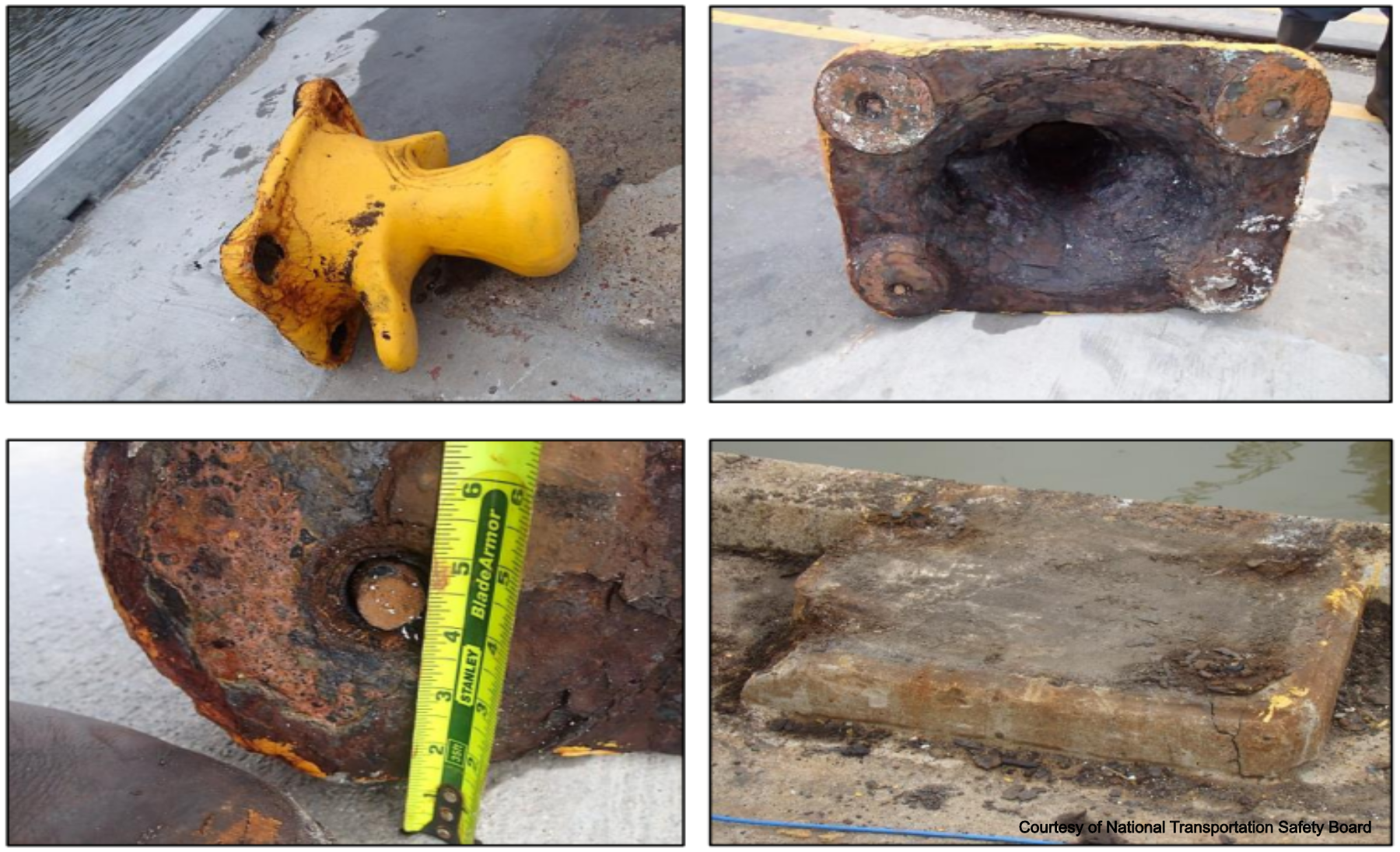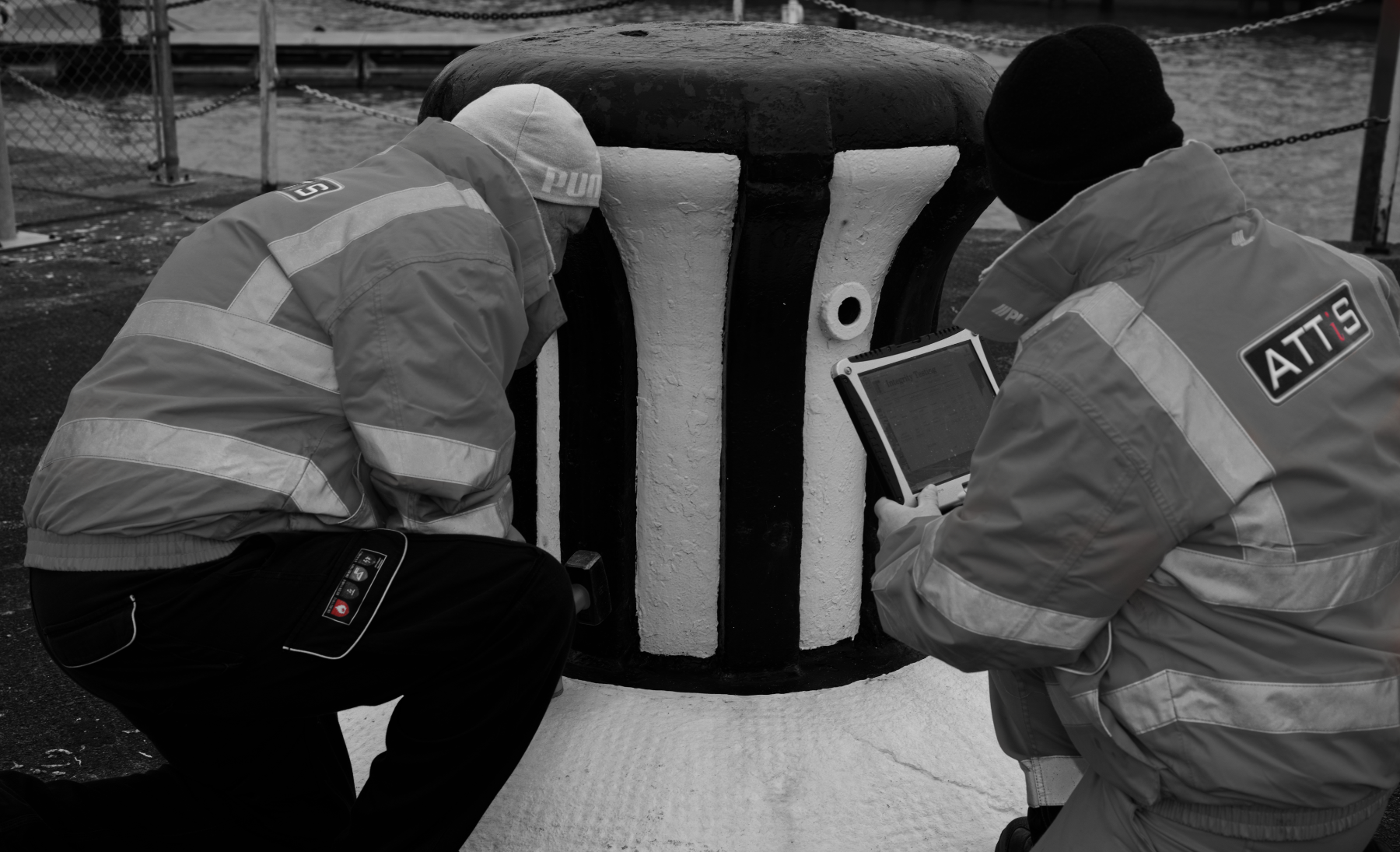Thinking before designing
David England

It’s relatively straightforward
The role of the principal designer is mandated by the Construction (Design and Management) Regulations (CDM) which clearly states what they should do during the earliest stages of a construction project. Plan, manage and monitor the design phase; procure pre-construction information; ensure proper liaison between the various stakeholders and; ensure the competency of any designers they appoint. It all sounds relatively straightforward and perhaps it’s easy to understand why the role is often given to the lead designer in a project.
But the role is a little more complex than that, and was specifically made so by the HSE when they revised the regulations in 2015. It is also the point that CDM applies to a great deal more than what we might consider traditional construction. Engineering construction, maintenance, modification, civil engineering, repairs: the list is surprisingly long, and perhaps excludes so few “types” of construction that it may be hard to think of something it doesn’t apply to. Additionally, the duty of the principal designer is not just about how something is designed, but about how it will be used and maintained throughout its life.
It was this element of design, the having to think about the environment in which the output of a project will interact and how it will be used that created the driving force behind Attis in the first place. Dr Andy Painting, the company’s founder, spent 23 years as a submariner maintaining some of the most technologically advanced and secretive equipment in the Royal Navy’s arsenal. 23 years of squeezing between pipework and contorting in to cramped spaces to try and reach a valve led him to think about how design should be more cognisant of the end user. His later realization that CDM actually provided the perfect framework for this recognition eventually became the basis of the principal designer service that Attis offer today.
The method of interrogating a design for the potential problems it may cause, whether it’s during the production, maintenance or use phases, is not especially difficult, but it does require a deep knowledge and understanding of not just real-world operations, but also how real-world operators. Being able to predict how something will be used, as well as how it should be is something that generally only comes from years of experience. And being driven to find all manner of novel ways to repair inaccessible valves, under water and on a classified mission is one of the best ways to understand what someone might do in order to get the job done!
Another important aspect of any project is understanding what levels of financial input are budgeted for both the initial build phase (the CAPEX) and the during the asset’s operational life (the OPEX). Sometimes, the expense involved in changing a design can be greater than the cost of operationally managing the issue throughout its designed life. In these cases it’s important to understand the client’s appetite for expenditure and this often means the inclusion of their procurement or financial departments can help speed up the decision-making process at the design phase. Saving money at the design phase, however, is not an option where the risk is safety-related. In these cases the application of the general principles of prevention is always the most important factor.
Essentially, risks can be observable or foreseeable: the pre-construction information of a project should identify the observable risks that could jeopardize it. The ability to understand and identify the foreseeable risks that could happen after the project has finished, and people are using, maintaining and repairing the asset calls for a special skill set borne of experience, training and expertise. And the ability to ask lots of questions.
Latest News
Show More





